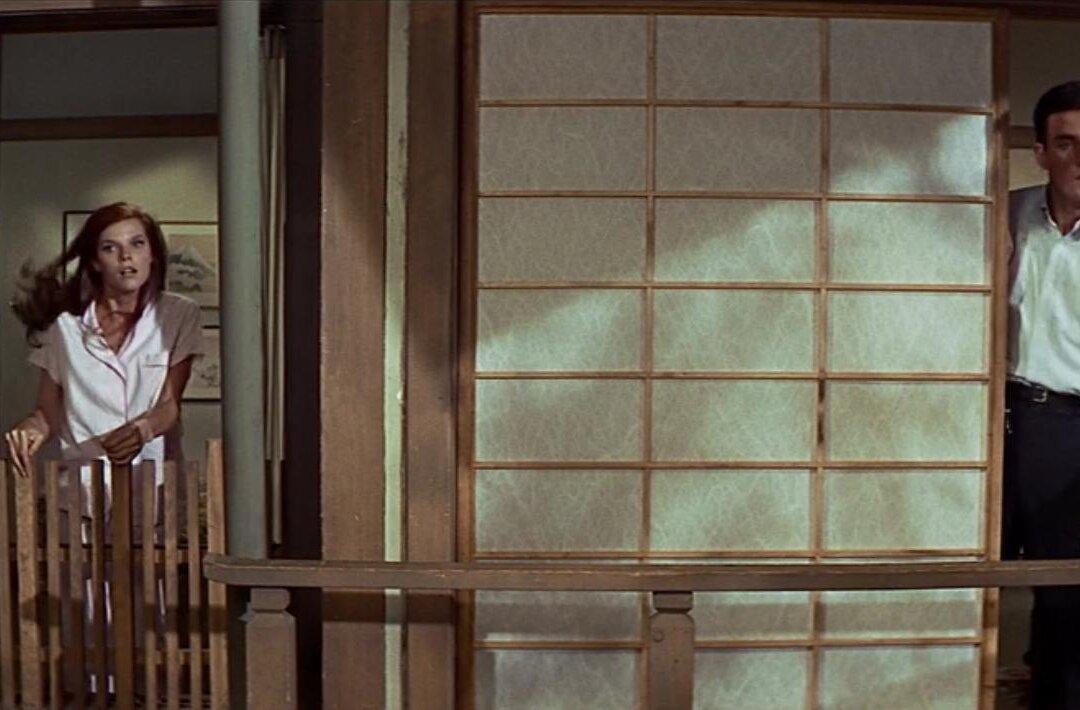I always enjoy discovering that a classic film I like from the 1950s or 60s was a remake of a movie from the 1930s or 40s. It’s especially interesting when one of the films was produced during the Breen Era (1934–1954). This was the golden era when the Motion Picture Production Code was the guiding force behind Hollywood’s content, as far as decency.
“Walk, Don’t Run” (1966) was the remake of an earlier movie, “The More the Merrier” (1943). The basic plots are very similar, but the settings and characters are very different.






